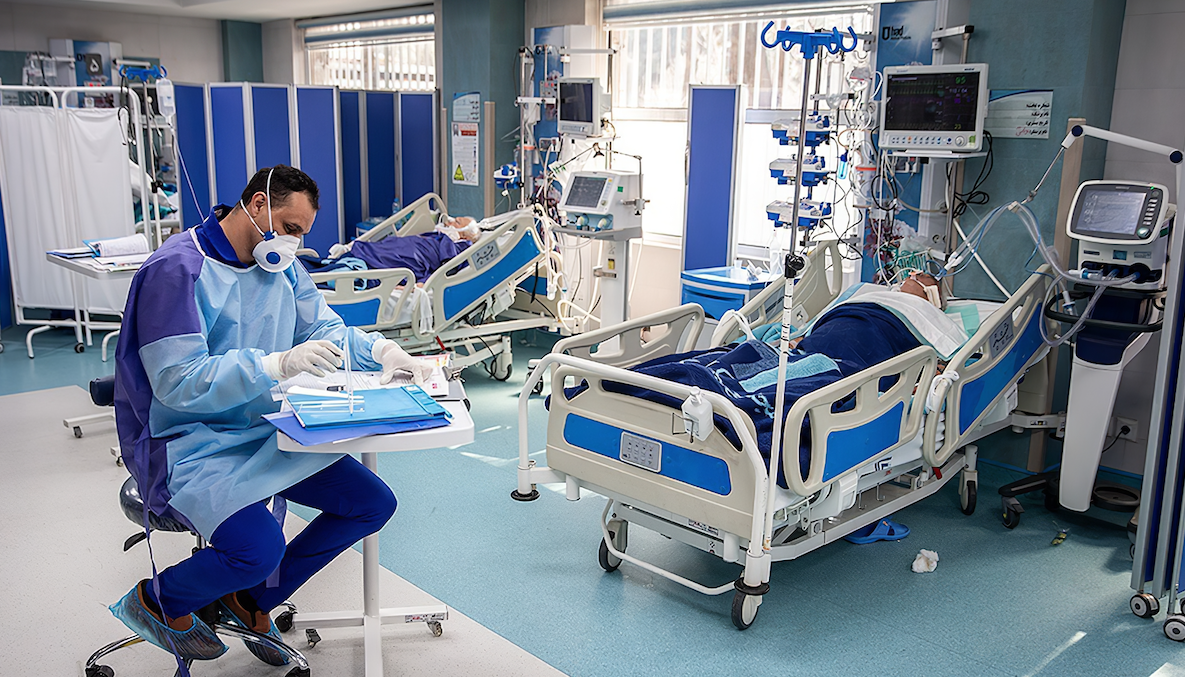The COVID-19 pandemic is one of the greatest challenges that the global healthcare system has recently faced — the workforce has been spread thin, and many countries have reported shortages of beds in intensive care units, ventilators, and personal protective equipment.
Most people with confirmed or suspected COVID-19 who visit the emergency room are eventually discharged and sent home. This is to preserve the necessary resources for admitted patients and because people tend to prefer recovering at home, if doing so is safe.
Emergency room staff make the difficult decision to send a person home only after determining which people have the greatest need for hospital care.
While people with severe illnesses receive swift attention, doctors and nurses usually encourage those with mild symptoms of COVID-19 to go home.
However, the unpredictable nature of the disease makes it difficult for emergency staff to tell which people need to be admitted to the hospital.
Early reports have revealed that many people with COVID-19 only develop severe symptoms several days after testing positive. A person may then develop breathlessness and pneumonia, blood clots, acute kidney injury, and inflammation of the heart muscle, an issue called myocarditis.
Overall, researchers and doctors are still in the dark about which people with COVID-19 will end up needing hospital care after being sent home from the emergency room.
Unscheduled hospital admissions
In a new study published in the journal Academic Emergency Medicine, the researchers acknowledged these challenges.
They investigated how many people who had positive COVID-19 tests within 7 days, before or after, an emergency room visit returned to the emergency room and were then admitted for COVID-19 treatment.
The researchers used data from 1,419 people. They noted their age, gender, race or ethnicity, and whether they had hypertension, diabetes, or obesity.
They also took into account whether the people had an abnormal chest X-ray, a fever of over 100.4°F (38°C), or insufficient oxygen in their tissues, an issue called hypoxia, during their initial visit to the emergency room. The researchers defined hypoxia as a pulse oximetry level of less than 95% oxygen saturation.
The participants had each been discharged from one of five hospital emergency rooms in Pennsylvania or New Jersey from March 1 to May 28, 2020. The researchers made adjustments to account for the differences among the hospitals in their analysis.
A total of 66 patients (4.7%) returned to the emergency room and were admitted to the hospital within 72 hours because of their worsening COVID-19 symptoms. An additional 56 patients (3.9%) also returned to the emergency room but were again discharged.
Alex
Koordynator projektu




